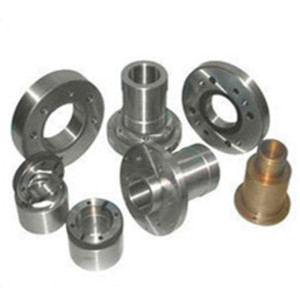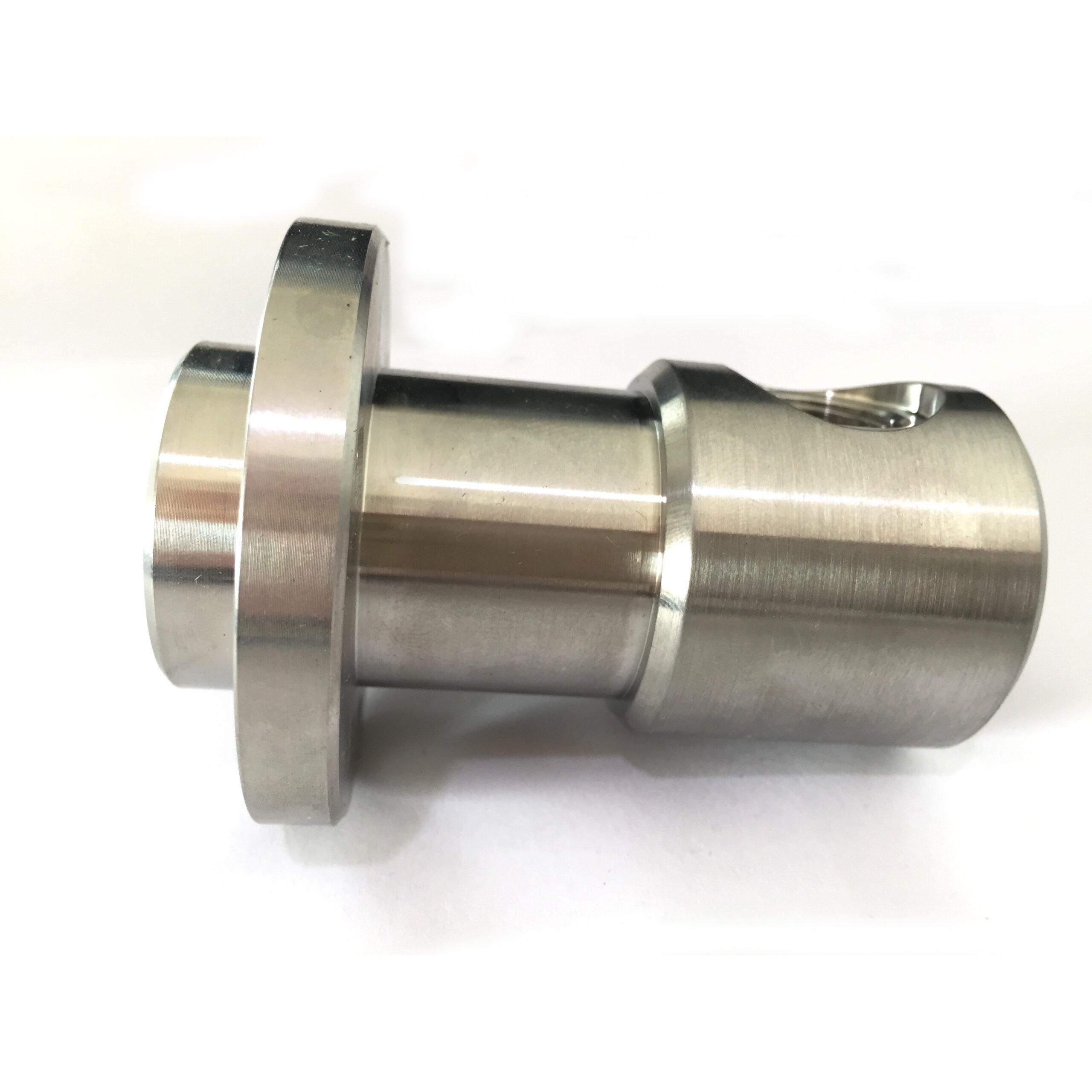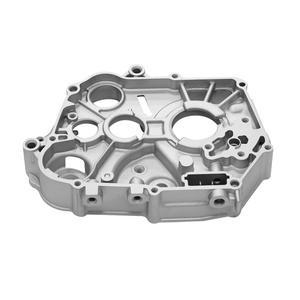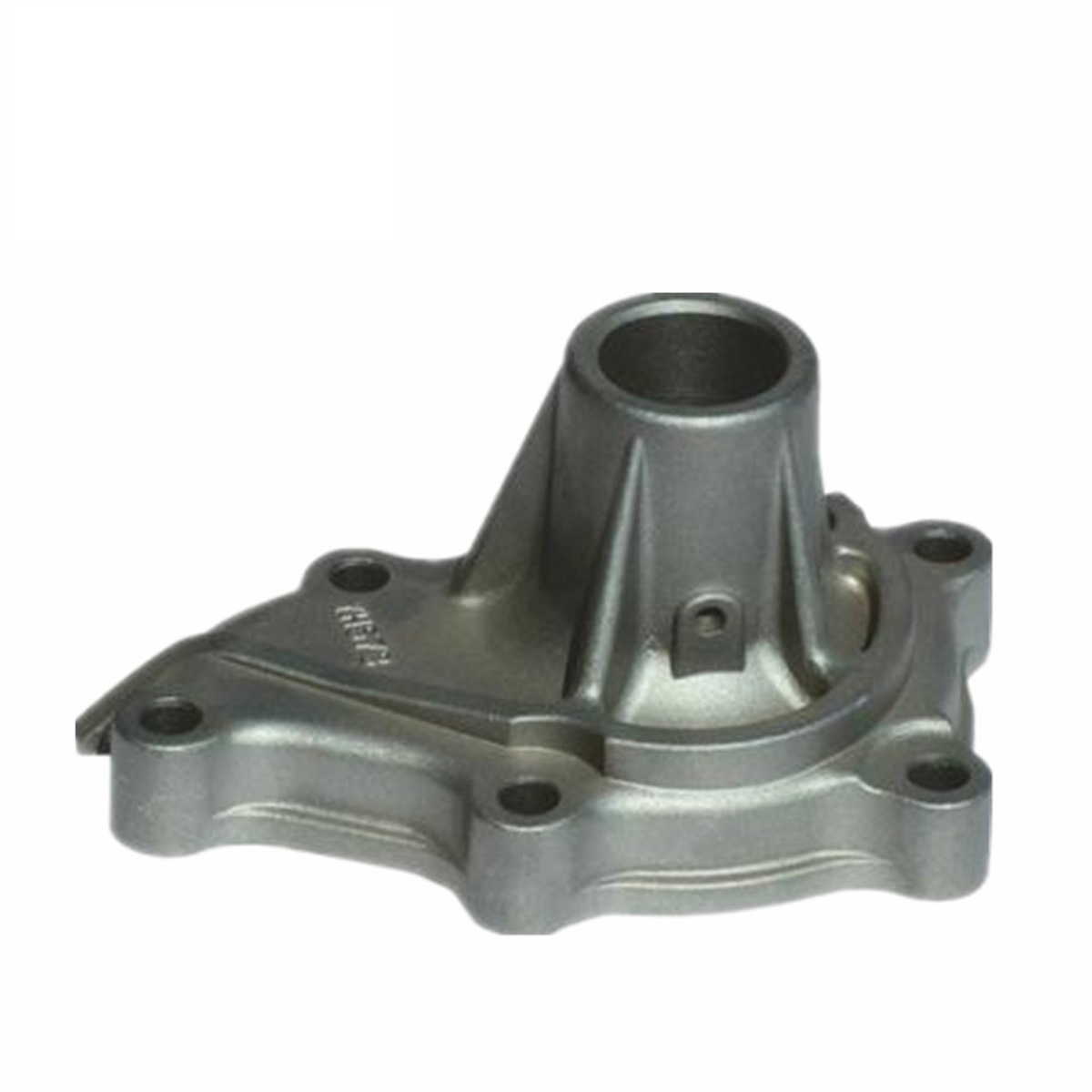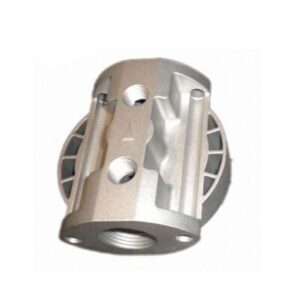
Here’s a detailed explanation of Magnetic Particle Testing (MT) methods for metal components:
1. Basic Principle
Ferromagnetic Materials Only: Works on iron, nickel, cobalt, and their alloys.
Magnetic Flux Leakage: When the component is magnetized, surface/near-surface defects disrupt magnetic field lines, creating “flux leakage.”
Particle Accumulation: Magnetic particles (dry powder or wet suspension) cling to flux leakage zones, forming visible indications.
2. Magnetization Methods
Direct Contact (Prod Technique):
Prods (electrodes) are pressed onto the part surface.
High current (AC/DC) passes through the component, creating a circular magnetic field.
Best for: Localized inspection of welds or large parts.
Risk: Arc burns if prods contact poorly.
Inductive Coil (Longitudinal Magnetization):
Part placed inside a coiled conductor.
Current flow creates a longitudinal magnetic field along the part axis.
Best for: Detecting transverse defects.
Central Conductor Technique:
A conductor bar is threaded through hollow components (e.g., pipes).
Magnetic field radiates outward from the conductor.
Best for: Inspecting bores of tubes/cylinders.
Yoke Technique (AC/DC Electromagnet or Permanent Magnet):
Portable yoke places poles on the part surface.
Generates a magnetic field perpendicular to the yoke legs.
Best for: Field inspections; detects defects parallel to the line between poles.
3. Particle Application
Wet Suspension:
Particles mixed in oil/water carrier fluid.
Applied via spray or immersion.
Fluorescent particles: Require UV-A (black light) for high sensitivity.
Visible particles: Colored (e.g., red/black) for white backgrounds.
Dry Powder:
Air-suspended particles dusted onto the surface.
Best for: Rough surfaces or high temperatures.
Contrast Aids: White paint applied before inspection to enhance visibility.
4. Critical Process Steps
Surface Prep: Clean components (remove grease, rust, paint).
Magnetization: Apply field using chosen method.
Particle Application: Simultaneously or immediately after magnetization.
Inspection:
Under visible light (for colored particles).
Under UV-A light (for fluorescent particles).
Demagnetization: Post-inspection to prevent interference with machining/operation.
5. Detection Capabilities
Defects Found: Cracks, laps, seams, inclusions, lack of fusion in welds.
Depth Limit: ~3-5 mm (surface/near-surface only).
Sensitivity: Detects flaws as narrow as 1 µm (with optimized setup).
6. Advantages & Limitations
✔️ Advantages:
Fast, low-cost, and portable.
Immediate visual results.
Works on complex geometries.
❌ Limitations:
Ferromagnetic materials only.
Surface prep critical.
Limited to accessible surfaces.
Demagnetization often required.
7. Standards & Safety
Key Standards: ASTM E709, ISO 9934, ASME BPVC Section V.
Safety: UV-A eye protection, ventilation for aerosols, electrical safety.
Magnetic Particle Testing remains a go-to NDT method for critical safety components (e.g., aircraft landing gear, pressure vessels, pipelines) due to its reliability in detecting hazardous surface defects. Proper technique selection and inspector training are essential for accurate results.

